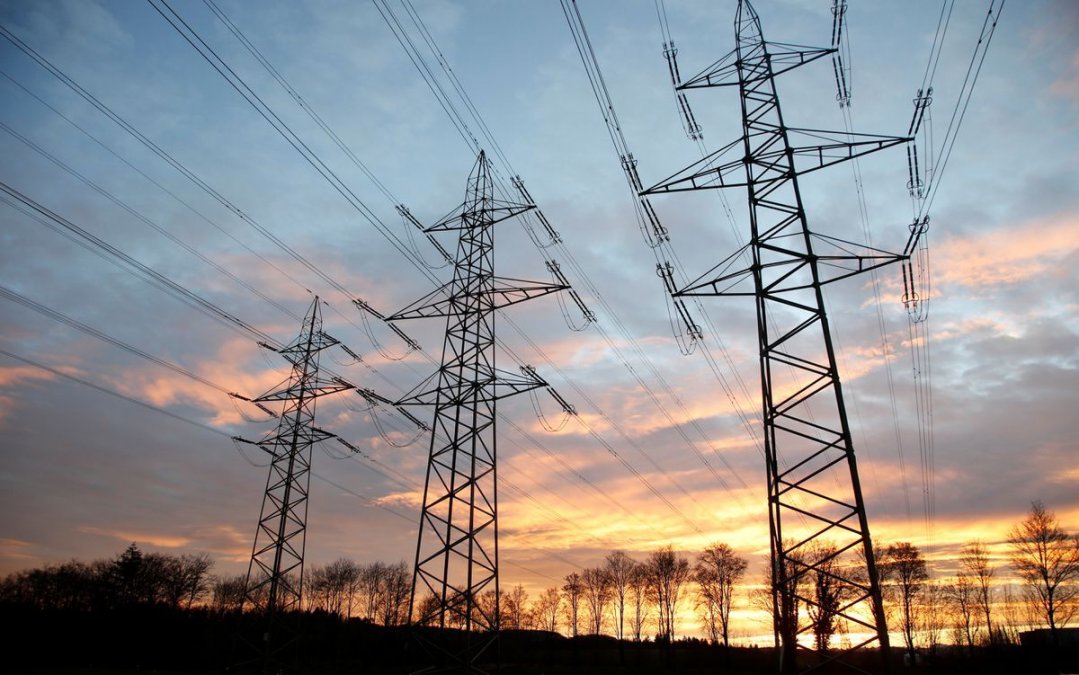Possibility of Continued Power Outages Until Winter
Concerns about power outages at Qaleh Hasan Khan Stadium during the Esteghlal and Al-Gharafa match have increased.
Contents
Mostafa Rajabi Mashhadi, CEO of Tavanir Company in Iran, confirms a 20,000-megawatt deficit in Iran’s electricity industry, stating that approximately $9 billion is needed to construct a 9,000-megawatt power plant.
Main Reasons for Power Outages
- Electricity production deficit: As the CEO of Tavanir has pointed out, Iran is facing a significant shortage in electricity production. This shortage is due to various reasons, including: Increased electricity consumption: With warmer weather and increased use of cooling devices, the demand for electricity has sharply increased. Deterioration of the electricity network: Many electricity generation and transmission facilities in Iran are outdated and need renovation. Sanctions: International sanctions have limited Iran’s access to new equipment and technologies in the energy sector. Insufficient investment: In recent years, adequate investment for the development of the electricity industry has not been made.
- Financial problems: The lack of budget for constructing new power plants and maintaining the existing electricity network is one of the main challenges facing Iran’s electricity industry.
Consequences of Power Outages
- Disruption in daily life: Power outages directly affect people’s daily lives and cause disruptions in industrial, commercial, and household activities.
- Reduced production: Power outages in the industrial sector lead to reduced production and consequently decrease national income.
- Increased costs: To cope with power outages, many industries and businesses are forced to use power generators, which increases production costs.
- Damage to infrastructure: Frequent power outages can damage electrical and electronic equipment and increase repair costs.
- Weakening international position: Electricity problems in Iran create a negative image of the country internationally and make attracting foreign investment more difficult.
Proposed Solutions
- Investment in renewable energy production: Given Iran’s high potential in solar and wind energy, investment in this field can help increase electricity production and reduce dependency on fossil fuels.
- Improving energy efficiency: By implementing energy efficiency improvement programs in various sectors, electricity consumption can be reduced, thereby easing the pressure on the electricity network.
- Modernizing the electricity network: Investment in the renovation and repair of the electricity network can help reduce energy losses and increase network stability.
- Smart management of electricity consumption: Using smart technologies, electricity consumption can be managed to prevent widespread outages.
- Changing consumption patterns: Encouraging people to change their electricity consumption patterns and use energy-efficient appliances can help reduce the load on the electricity network.
Conclusion
The problem of power outages in Iran is a complex and multifaceted challenge that requires serious and coordinated actions from the government, private sector, and the public. By adopting appropriate solutions, widespread outages can be prevented, paving the way for a sustainable future for Iran’s electricity industry.

